Hydrangea "Endless Summer": description, planting and care
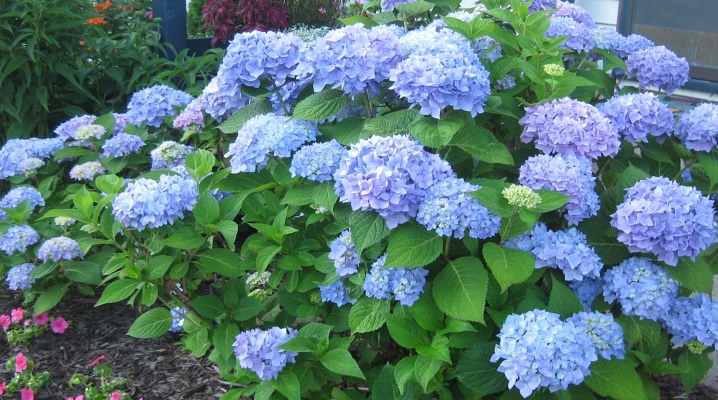
Hydrangea is one of the most popular horticultural crops. It grows beautifully in central Russia, becoming a real decoration of personal plots. Over the years of selection, many varieties of hydrangea have been bred, but some are especially loved by gardeners. Among them is "Endless Summer". Why the variety received such a poetic name, and what are the features of its cultivation, the article will tell.
Peculiarities
Endless Summer, or Eternal Summer, originated in the United States. In the 80s of the last century, an abnormally cold winter stood out in this country. In one of the nurseries, a large number of crops were lost due to freezing. However, in the spring, in a nearby garden, employees of the organization noticed a hydrangea, which looked and bloomed beautifully, despite the cold weather.

The plant was noted. A couple of years later, experts planted a cutting of this bush in the nursery. The flower turned out to be beautiful and healthy. He also tolerated low temperatures quite firmly.
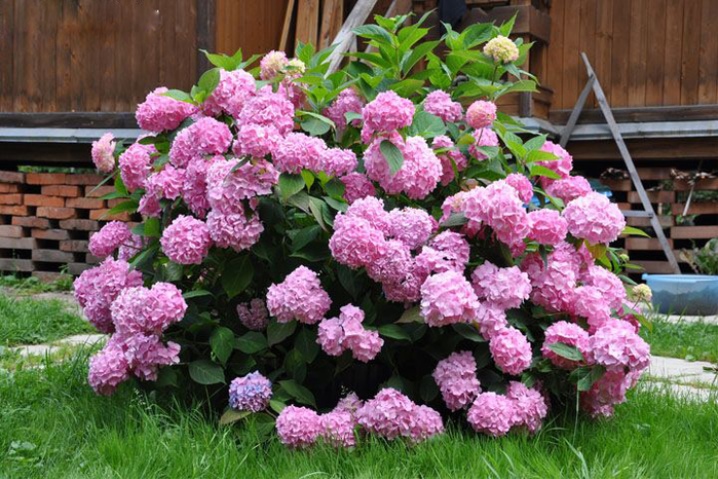
For about 20 years, breeders have tried to further improve the characteristics of the crop. In the 2000s, the appearance of a new variety was officially announced, although work is still underway. The main task is to increase the frost resistance of the variety. Specialists are also working on decorative characteristics, although the beauty of the plant is beyond doubt.
The most interesting feature of the bred variety can be considered the ability to bloom again. This is the reason for its name. While some crops lose their petals, turning into ordinary greens until next year, this type of hydrangea can please the gardener more than once with lush bright "caps" of flowers. In this case, the color of the petals can vary depending on the composition of the soil. This mutation makes the culture even more interesting and desirable for many summer residents.
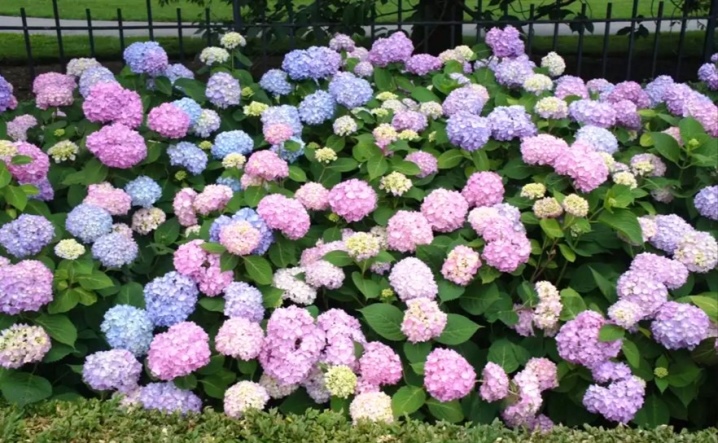
The description of the variety should begin with the fact that it is a large-leaved, rather tall hydrangea. The culture can grow up to two or more meters. Shoots are strong, flexible. The leaves are dark green, dull, have denticles at the edges. The green stems of young plants darken as they grow. And also a kind of crust is formed on them. The bush turns out to be round and neat, although its diameter can reach one and a half meters.
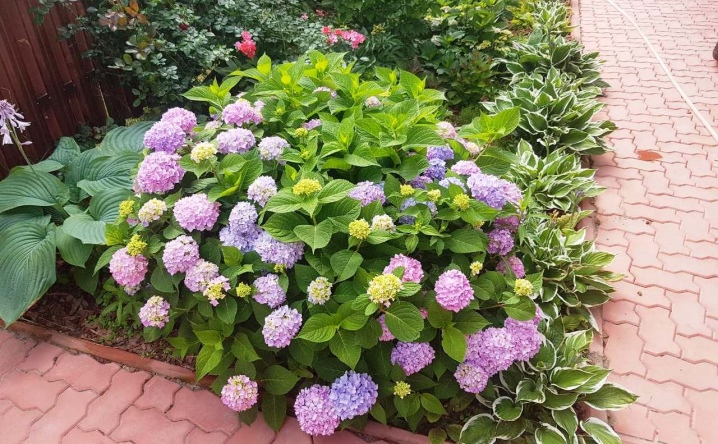
Blossom "Eternal Summer" begins in the second year of life, which few varieties can boast of. The inflorescences are luxurious, large, spherical in shape. They can be up to 15 cm in diameter. The color of the petals can be pinkish or pale blue. The hue is regulated by changing the pH of the soil.
Pink flower "caps" are obtained when the bush grows in alkaline soil. Blue-blue flowers form in acidic soil enriched with aluminum.
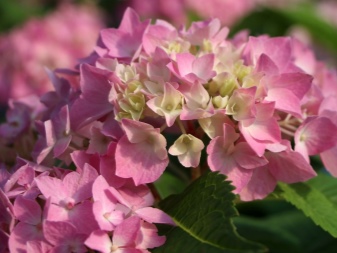

The plant is perennial. With proper care, it tolerates winter well and forms new shoots by spring. Flowers appear both on them and on last year's stems. The bush blooms every 6 weeks, so in one summer the buds appear twice, and sometimes three times.
To date, on the basis of this variety, several new varieties of hydrangeas have already been created.
- Endless summer bloom star - a tall bush (up to two meters) with blue sterile flowers. The bush blooms 2-3 times over the summer. Flowering begins in June, and ends only with the onset of frost.
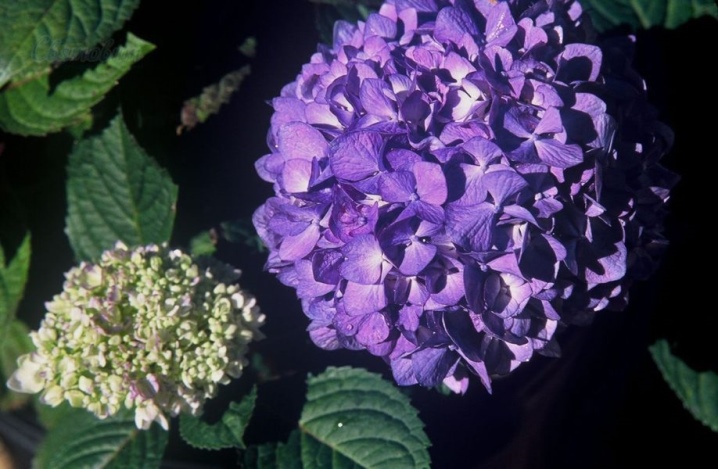
- Endless summer blushing bride - a more compact version. The maximum height of the bush is 1.2 m. The flowers are semi-double.At first, they are snow-white. Then the color becomes pale pink (if alkali is present in the soil). If the soil is sour, the petals are painted in a pale blue tone.
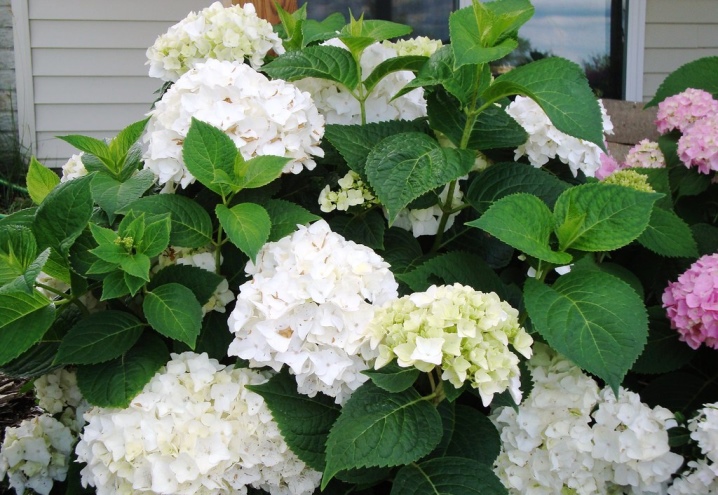
- Endless summer twist-n-shout - can also grow up to 1.2 m. The flowers in the center of the inflorescence are small. They are fruiting. Larger sterile flowers are located at the edges. The appearance of the plant is very spectacular. Depending on the level of acidification of the soil, the color can vary from pink and purple tones to blues with a purple tint and sky blue shades.

How to plant?
This variety grows well in areas where the sun appears in the morning or in the evening. There should be a light shade at the landing site at noon. It is also advisable to choose a place protected from drafts.
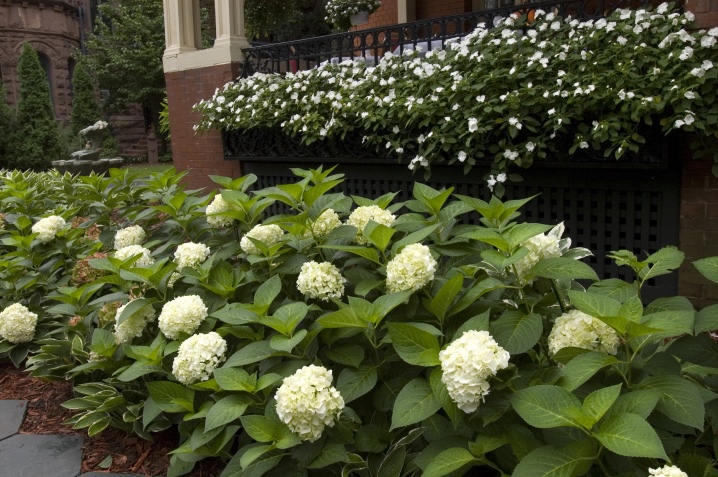
The soil should be acidic or slightly acidic. Lime soil is not suitable for planting. And you should also avoid excessive accumulation of moisture at the roots of the plant. Based on this, the bush should not be planted in the lowlands. The best location is on a flat surface or a slight rise.
Endless Summer is planted according to a specific pattern.
- The area allocated for the flower is dug up, the weeds are removed.
- The soil is enriched with organic matter (compost, peat, turf soil, humus).
- Digging a hole. It should be made spacious so that the roots of the culture fit freely in the recess.
- A drainage layer is placed at the bottom of the well. For example, it can be small stones. This will prevent moisture stagnation.
- The hole is spilled with clean water. The plant should only be placed in moist soil.
- The culture is carefully lowered, the roots are spread.
- The planted plant is covered with a nutrient mixture. Then the soil is lightly tamped and watered.
- Lay the mulch. You can use coniferous litter or chopped coniferous bark. The layer of mulch should be about 8 cm. This will maintain the optimum level of soil moisture, and reduce the likelihood of weed germination.
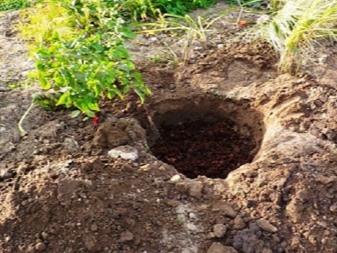
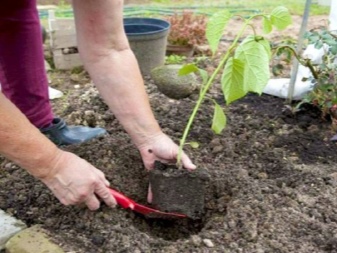
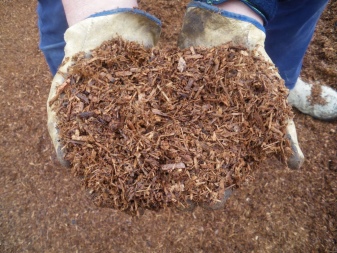

How to take care of it properly?
Caring for the Everlasting Summer hydrangea is pretty simple. First of all, the bush must be periodically watered with clean soft water. Especially soil moisture is important for young, recently planted specimens. Mature plants need two buckets of liquid per week.
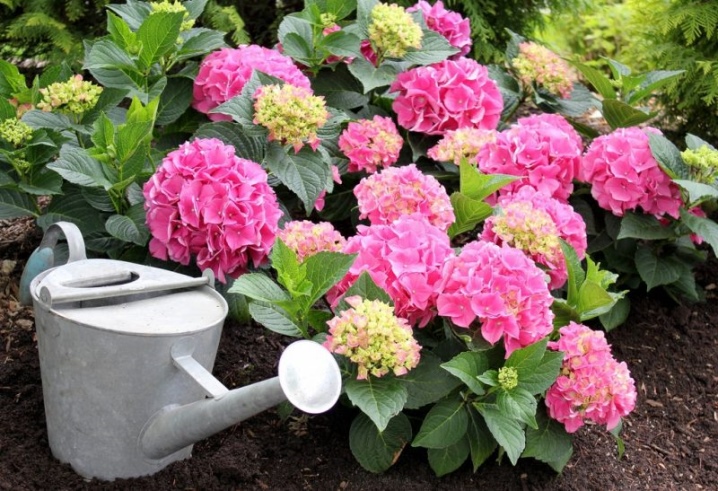
You need to feed the plant no more than twice a month. It is advisable to alternate mineral compositions with organic ones. Complex preparations should be rich in potassium. Good for hydrangeas and superphosphate. Do not overdo it with fertilizers. Their excess provokes the rapid growth of the bush, which negatively affects the flowering of the culture.
And also you can not fertilize the culture with ash.
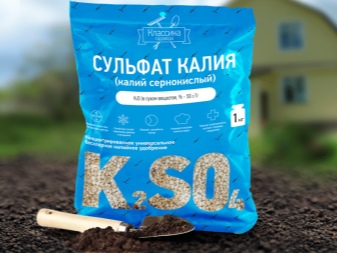
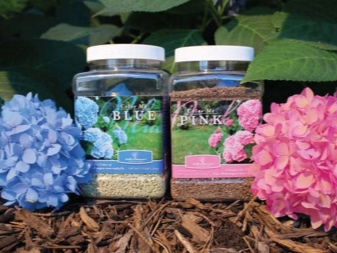
Soil additives can influence the color of Endless Summer. For the first time, hydrangea petals turn pink. If you want them to turn blue when they bloom again, add ammonium sulfate to the soil after the first wave (when the bush has faded).
Another necessary procedure is periodic loosening. It should be combined with weed control. By doing this, you not only improve the aesthetics of the garden, but also rid the bush of "competitors" that take moisture and nutrients from the soil.
For Endless Summer pruning, dry, broken and old stems are pruned in the fall. The rest of the bush is subjected to a small formative pruning. Dried inflorescences are pruned to the first bud. This allows the buds to appear next year. More radical pruning will prevent flower buds from forming.
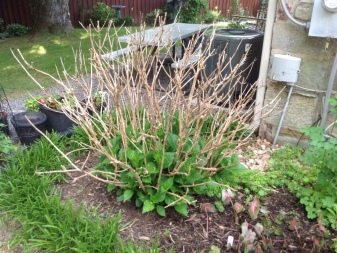
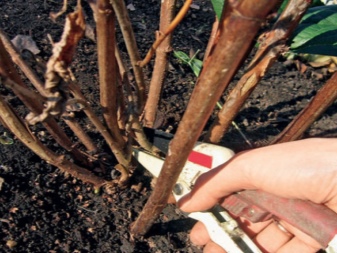
The main point is the shelter of the hydrangea. Despite the fact that the variety is resistant to low temperatures, it will not work without it. Before the start of frost, it is necessary to put some kind of insulating layer on the ground. You can use plywood, boards or thick cardboard. Then the shoots must be gently tilted to the ground. The bush is covered with breathable material and sprinkled with dry leaves. The structure is fixed with metal arcs.Otherwise, the wind will blow away the foliage even before the snowfall.
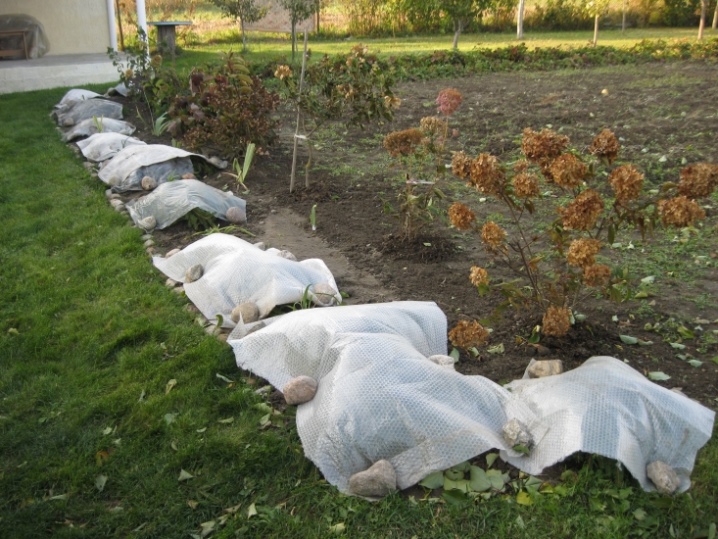
With the onset of heat, the shelter must be removed immediately. Otherwise, the bush can rebuke because of the moisture heated by the sun's rays. If night frosts are observed in your area in the spring, the shelter can be removed gradually.
Shoots do not need to be forcibly lifted. After a couple of days, they themselves will take the correct position. When the bush recovers from wintering, you should check for frozen shoots. Despite the shelter, this happens. If damaged areas are found, they must be cut off. You shouldn't feel sorry for them. In this case, pruning should be maximum (to the point where the stem is already healthy). Otherwise, the plant may start to rot.
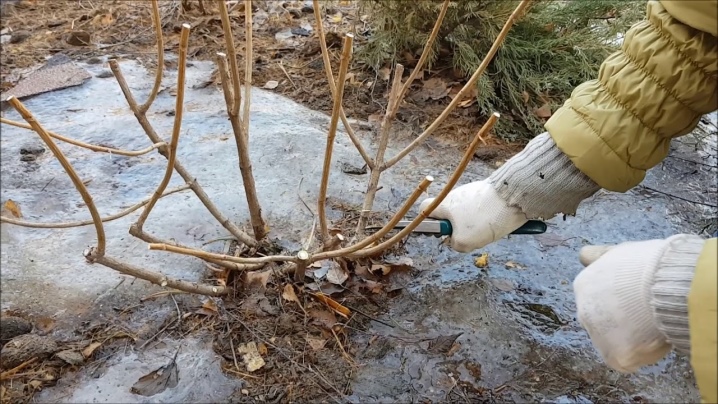
Diseases and pests
This variety is immune to powdery mildew. This is one of its greatest strengths. However, a false version of the disease may still appear. In this case, the problem is solved with the help of copper-containing preparations.

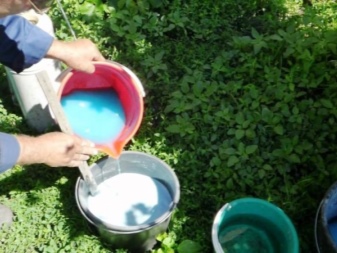
And also the plant can infect another unpleasant ailment - chlorosis. If you water the Endless Summer bush with water that is high in alkali and chlorine, it will get sick. To prevent possible troubles, rainwater should be used for irrigation. In extreme cases, you can settle the liquid from the tap and slightly acidify it. For this, use lemon juice or vinegar.
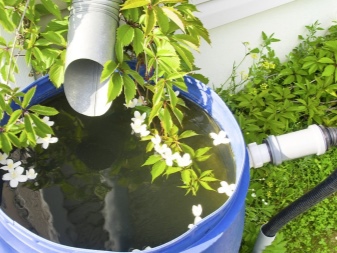
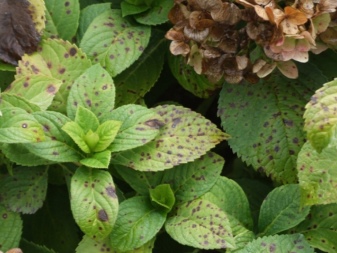
As for pests, the spider mite can be called the main enemy of the flower. If an insect is found, use the method of spraying the bush with the appropriate chemicals.
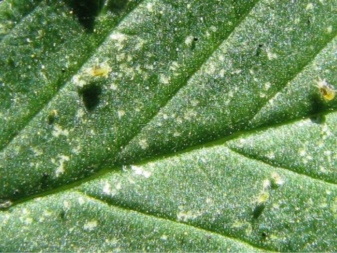
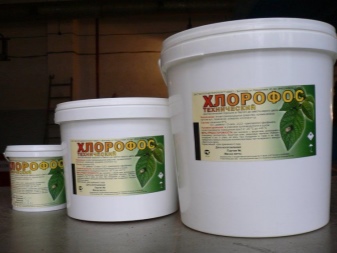
Use in landscape design
The incredible beauty makes it possible to widely use the hydrangea "Endless Summer" in the decoration of gardens. The bushes look luxurious both in single plantings and in group compositions. Plants are often placed next to the house in order to be able to admire the flowering from the window. In large areas, you can plant culture next to recreation areas, walking paths, gazebos. You can plant several bushes along the wall, decorating the building with flowers. A good solution is to create a flowering hedge in a suitable place on the site.


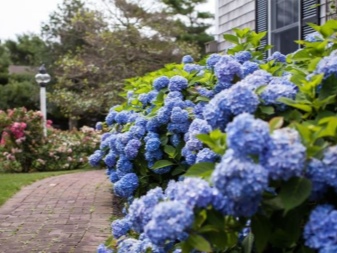

In flower beds, the culture can be combined with other flowers. You can take another variety of hydrangea, for example, with snow-white petals, to accompany the “Endless Summer”. Or you can surround the bush with green non-flowering plantings so that Endless Summer becomes the center of the composition. The main thing is to maintain a sufficient distance between plantings so that all plants feel free.
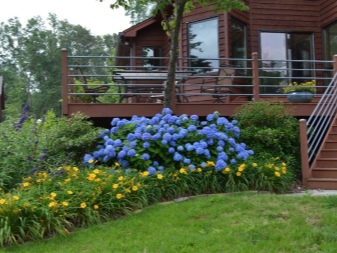
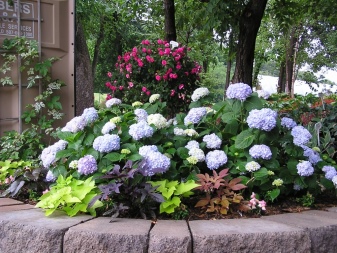
If you live in an area with harsh winters, you can decorate some kind of closed room (loggia, terrace, patio) with this type of hydrangea. The culture grows well in containers.
For information on how to plant and care for the "Endless Summer" hydrangea, see the next video.



































































I have already subscribed to "Merchant's wife", they sent another variety.
The comment was sent successfully.